To The River and Back
Last August, two dyeing workshops unfolded in Abi and Kupang of Timor island, marking a quiet but meaningful chapter in the continuation of local plant-dye practice. Led by our field staff Yansen, the workshops brought together weavers and dyers from across the region to learn, share, and deepen their practice.
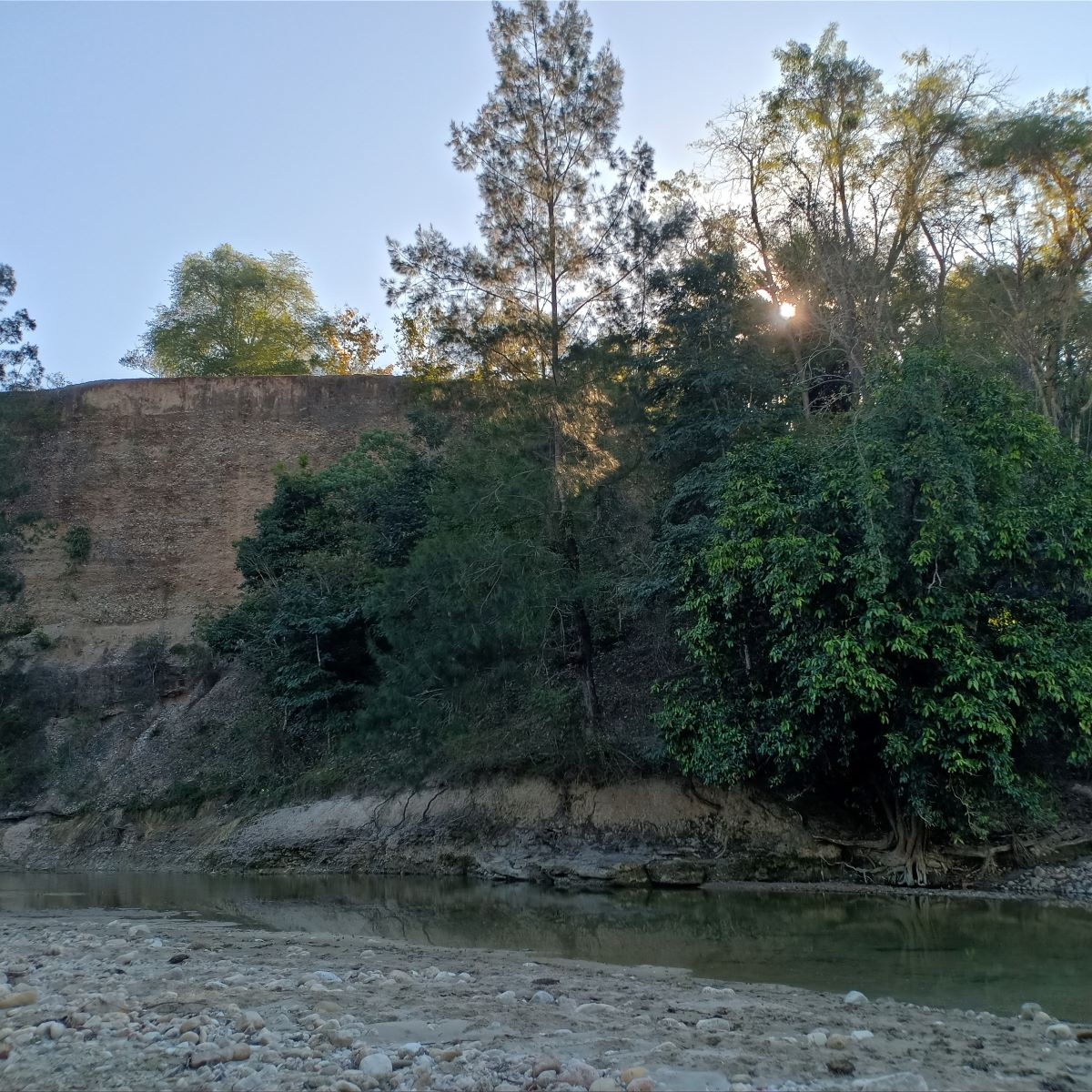
The riverside where we scoured and rinsed the yarn during one of the workshops in Timor.
The initiative began with a request from the weaving group in Abi. At first, their goal was simple: to learn how to properly scour yarn in preparation for dyeing. This initial step soon grew into a broader exploration—first into achieving a deep black using a combination of mud and Mek Meko (Phyllanthus reticulatus), and overdyed with indigo. With this workshop the community is excited about now beginning to recover their red dye technique using Morinda roots.
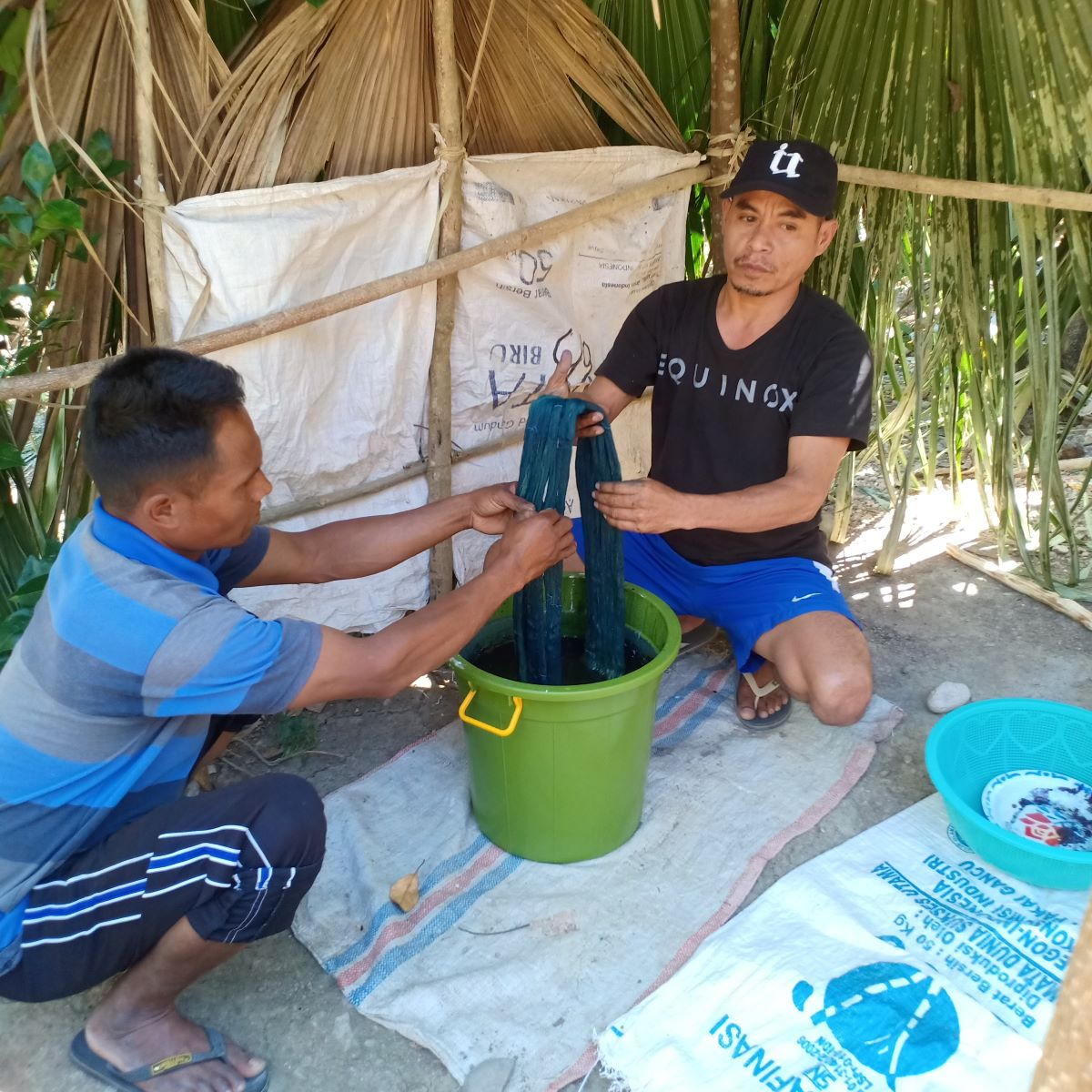
Yansen from Threads of Life as facilitator of the workshop.
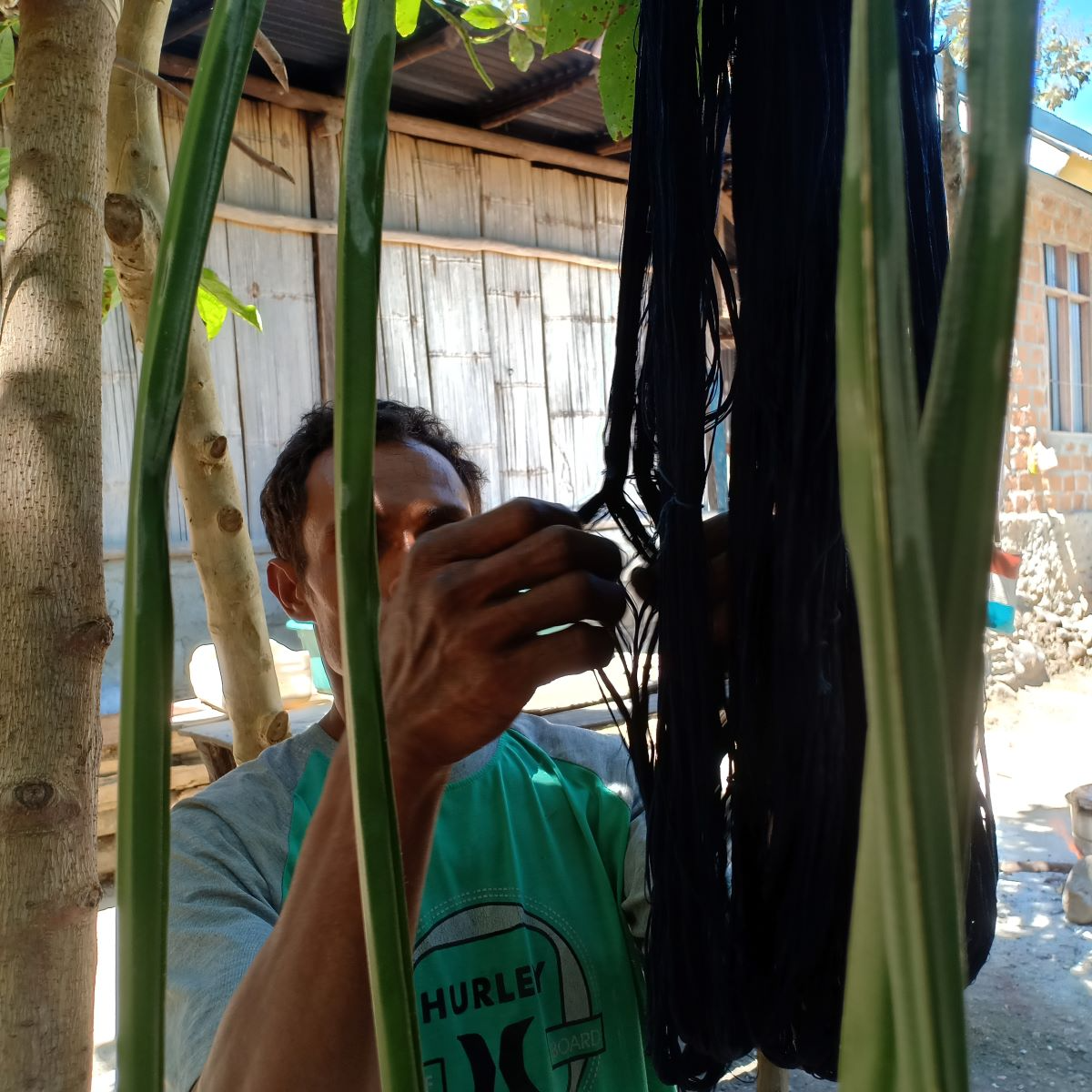
Indigo-dyed threads oxidizing.
One weaver who attended the workshop travelled a long and gruelling distance by motorcycle taxi to attend this two-day workshop. Her commitment and curiosity captured the spirit of the entire gathering; an eagerness to explore, connect, and pass on knowledge.
The workshop days were long but full of purpose. We started as early as 7 in the morning and finished when the sun went down, the sky turned dark blue. Sometimes curious children from the village approached sat and watched from a distance. Over the following days more women dyers joined wanting to participate in the indigo dye work.
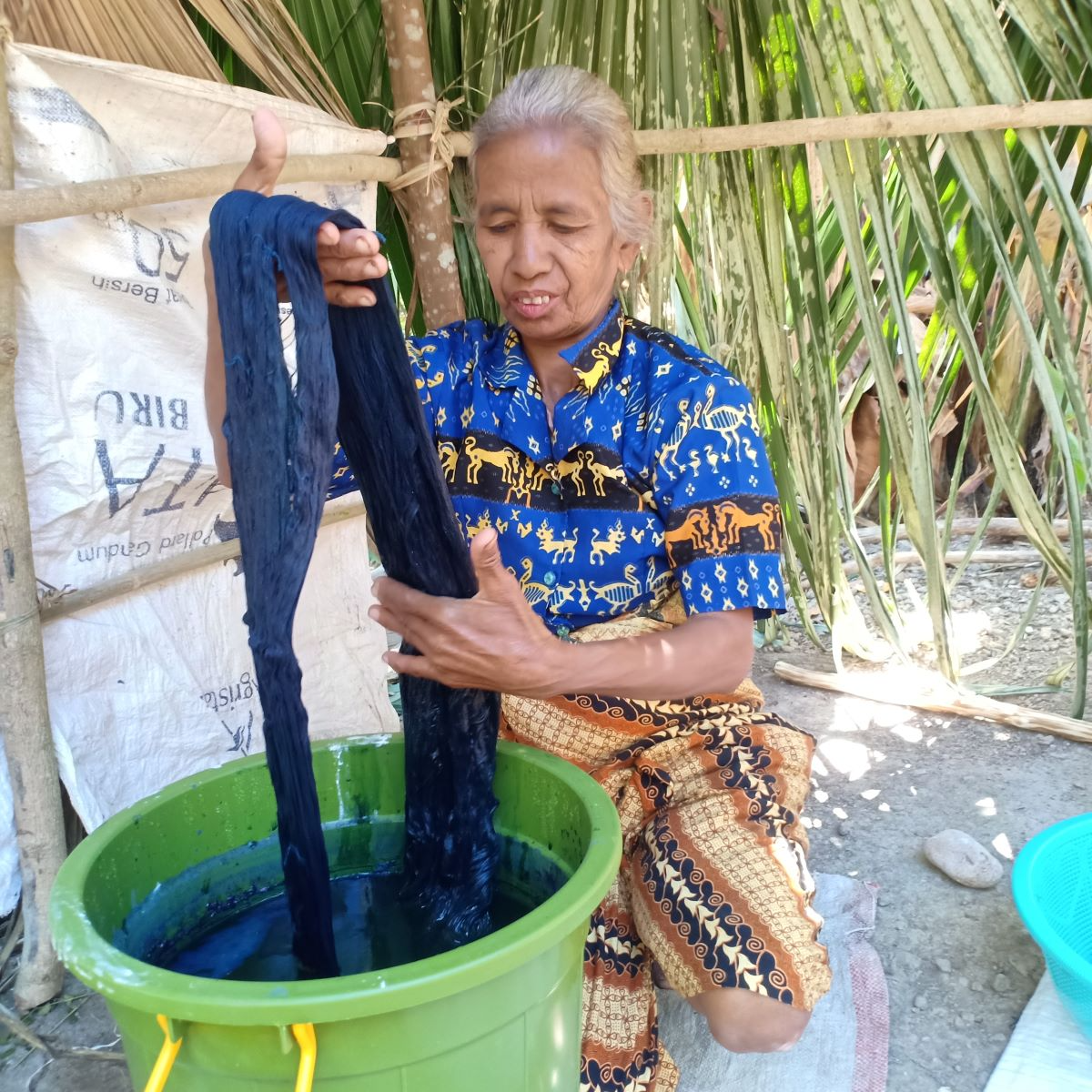
Mama Marcellina travelled by motobike taxi to attend the two-days workshop.
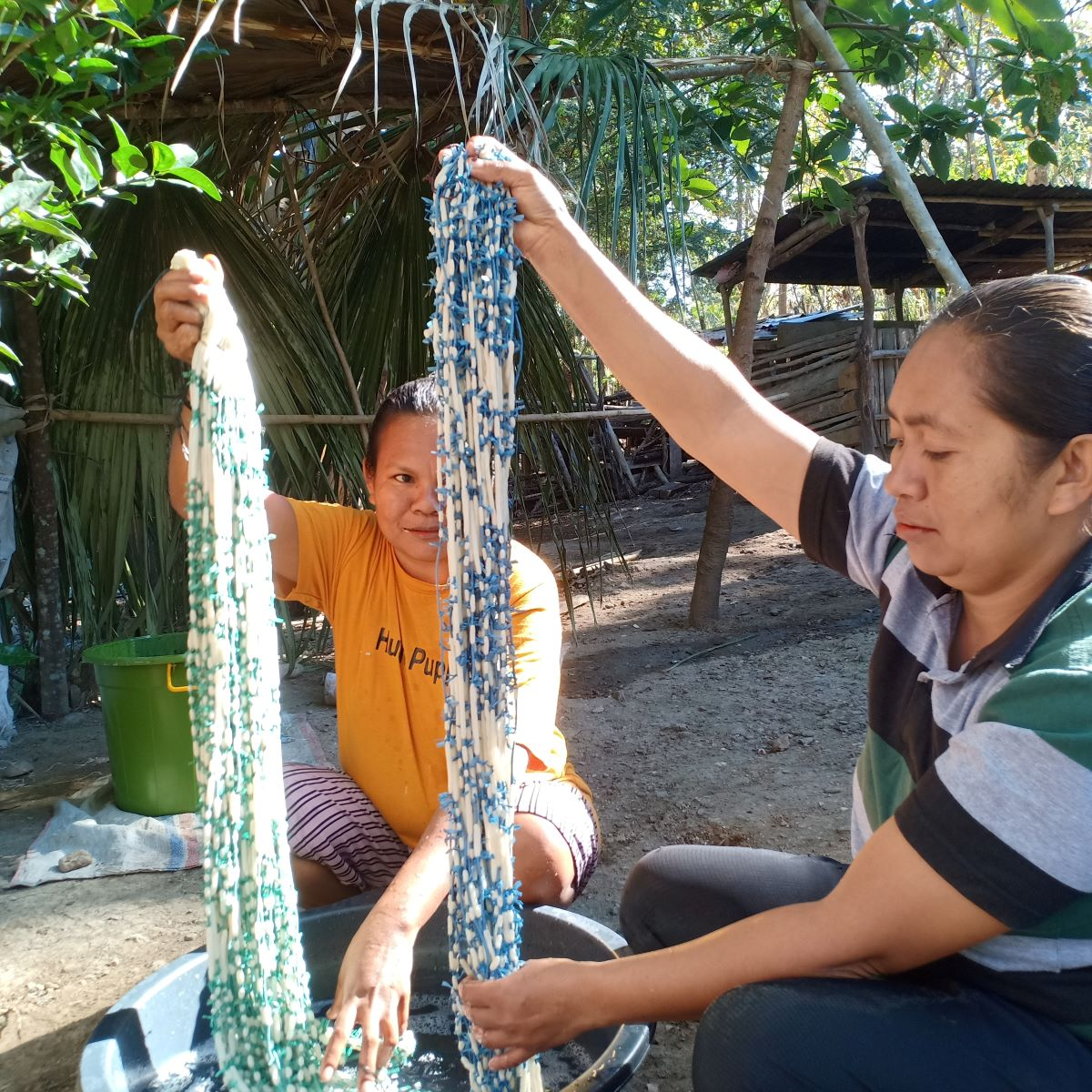
The weavers working threads with indigo.
One night one of the men who was attending the workshop chose to sleep on the porch to keep watch over the dyed yarn. Indigo dyers in this area believe that the morning dew will soften the fibers and deepen the color. His nightime vigil was a reminder of how much intention and heart is woven into each step of this craft.
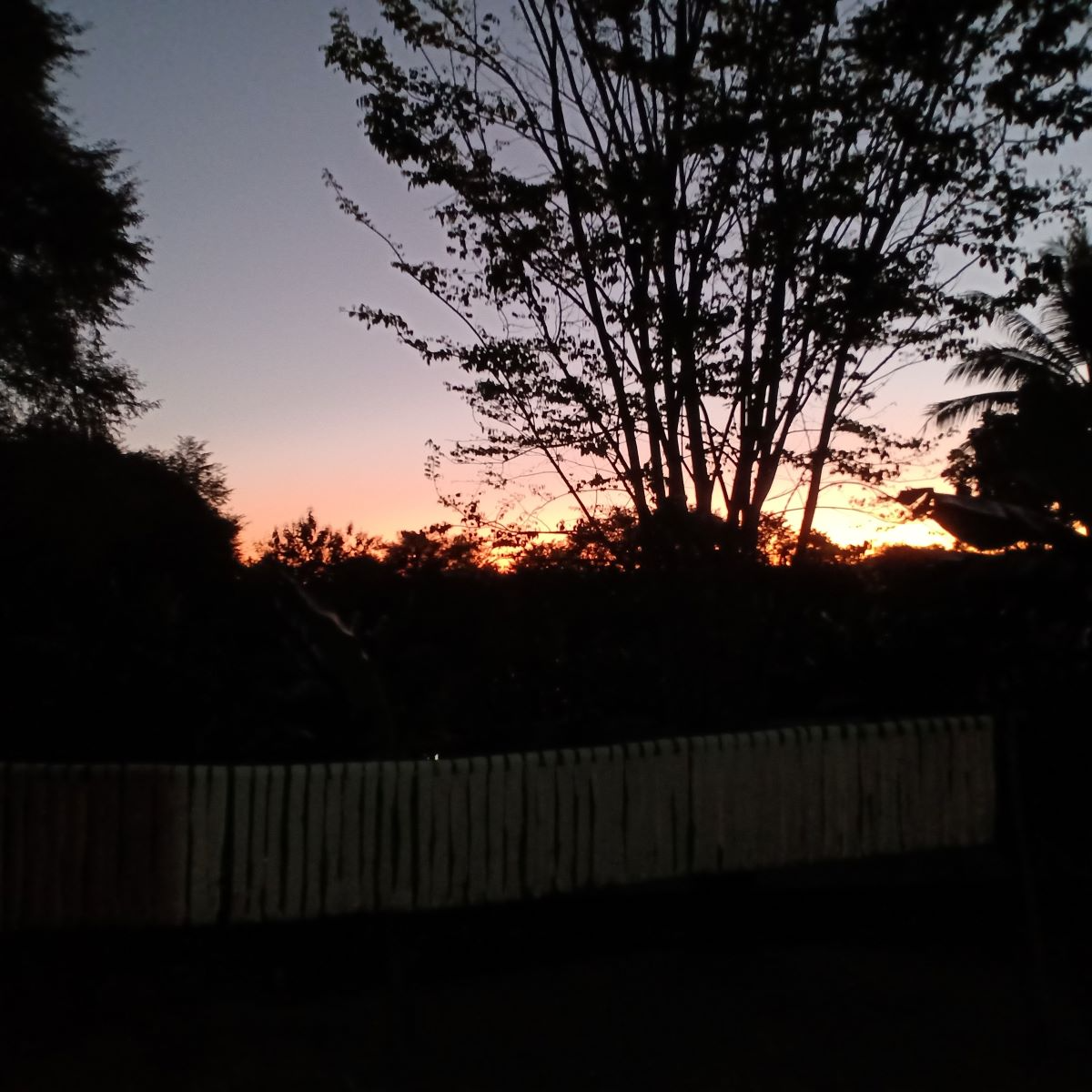
The view from the terrace while the threads were dried overnight
To reach the river where the threads would be rinsed, the dyers carried their bundles by hand over a steep hill under the hot Timor sun. At the water’s edge, everyone rinsed the yarn together and dried the threads over the course of the day. This journey to the river was as meaningful as the dyeing itself.
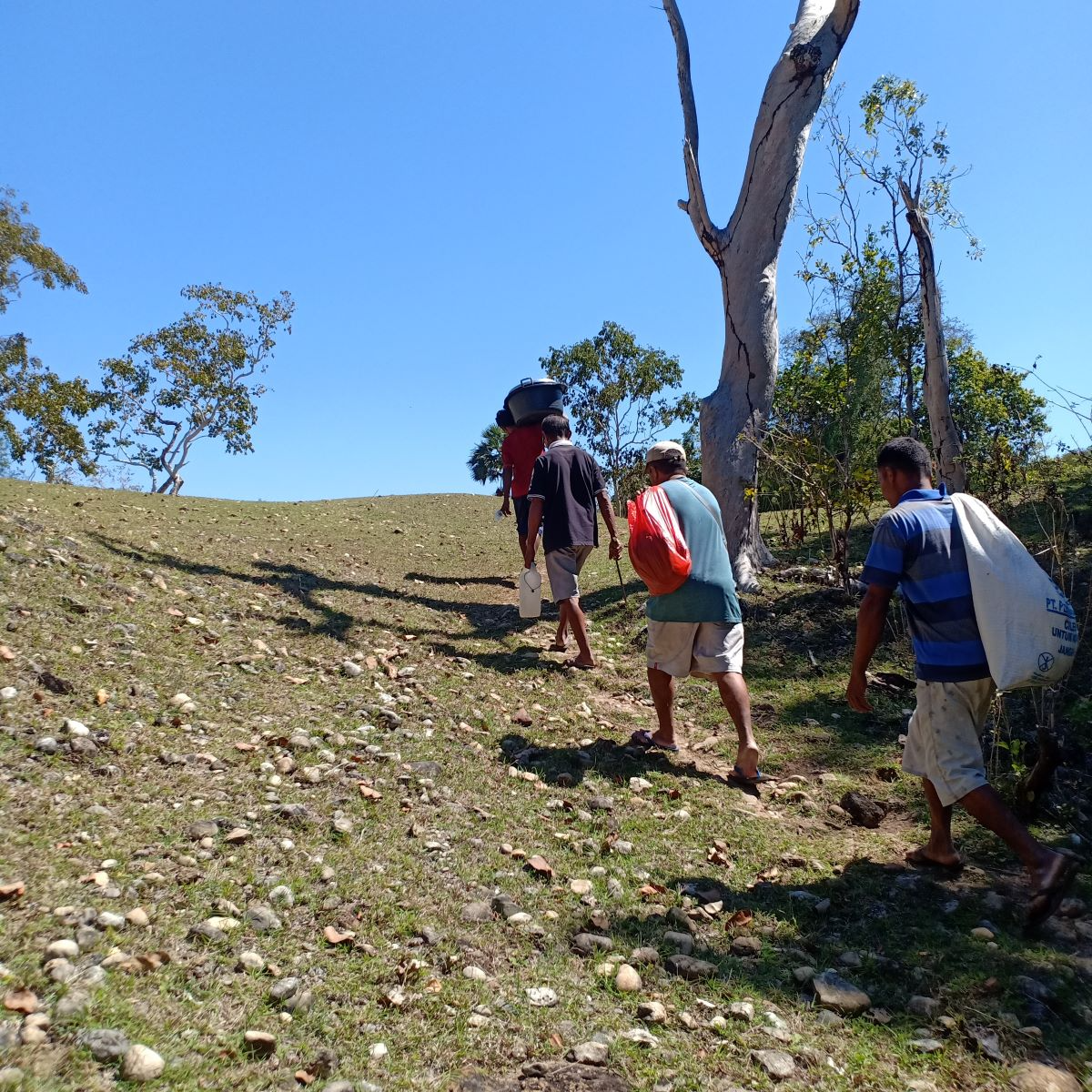
Walking up and down hills in the morning to reach the river.
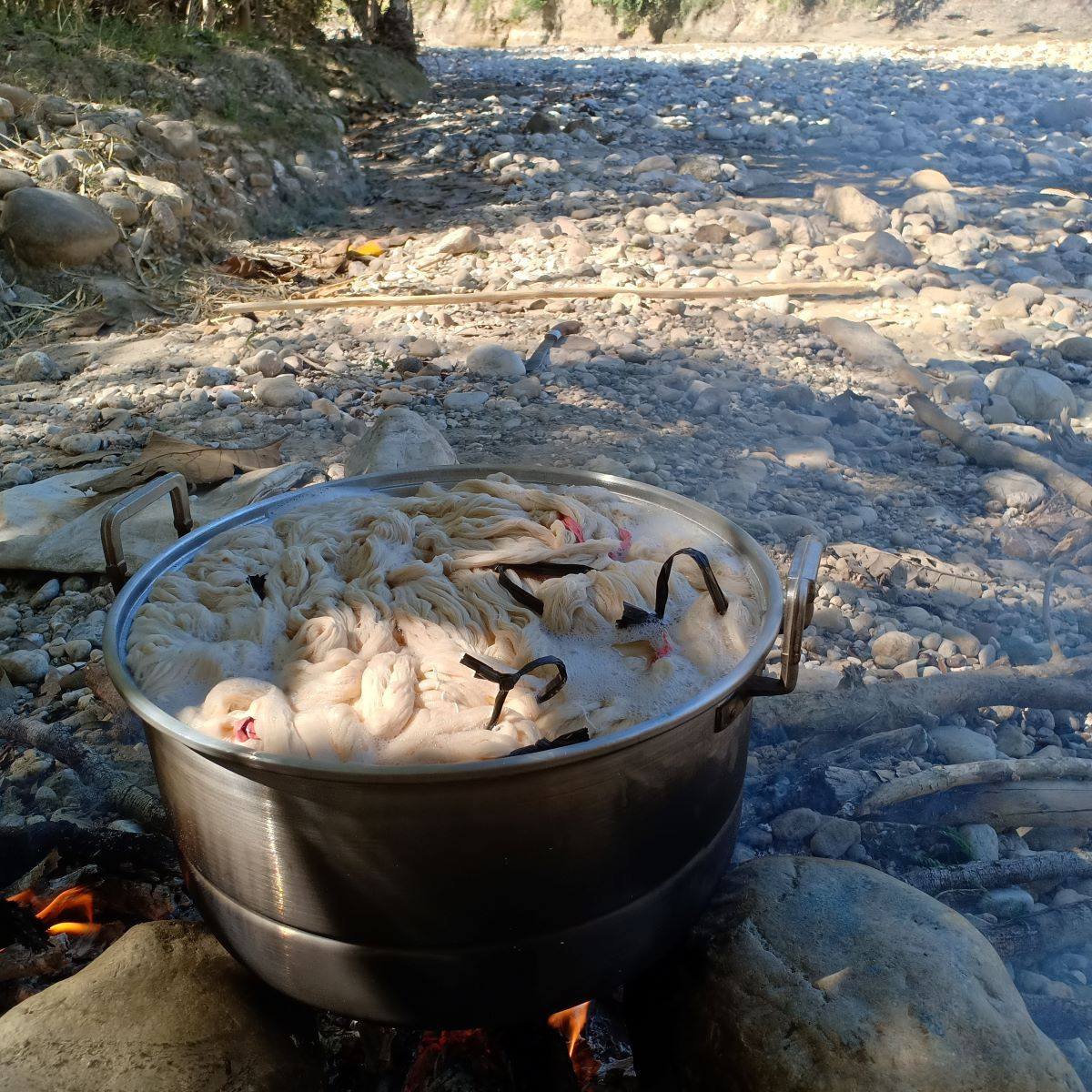
Boiling the threads over a fire made of river stones with gathered wood.
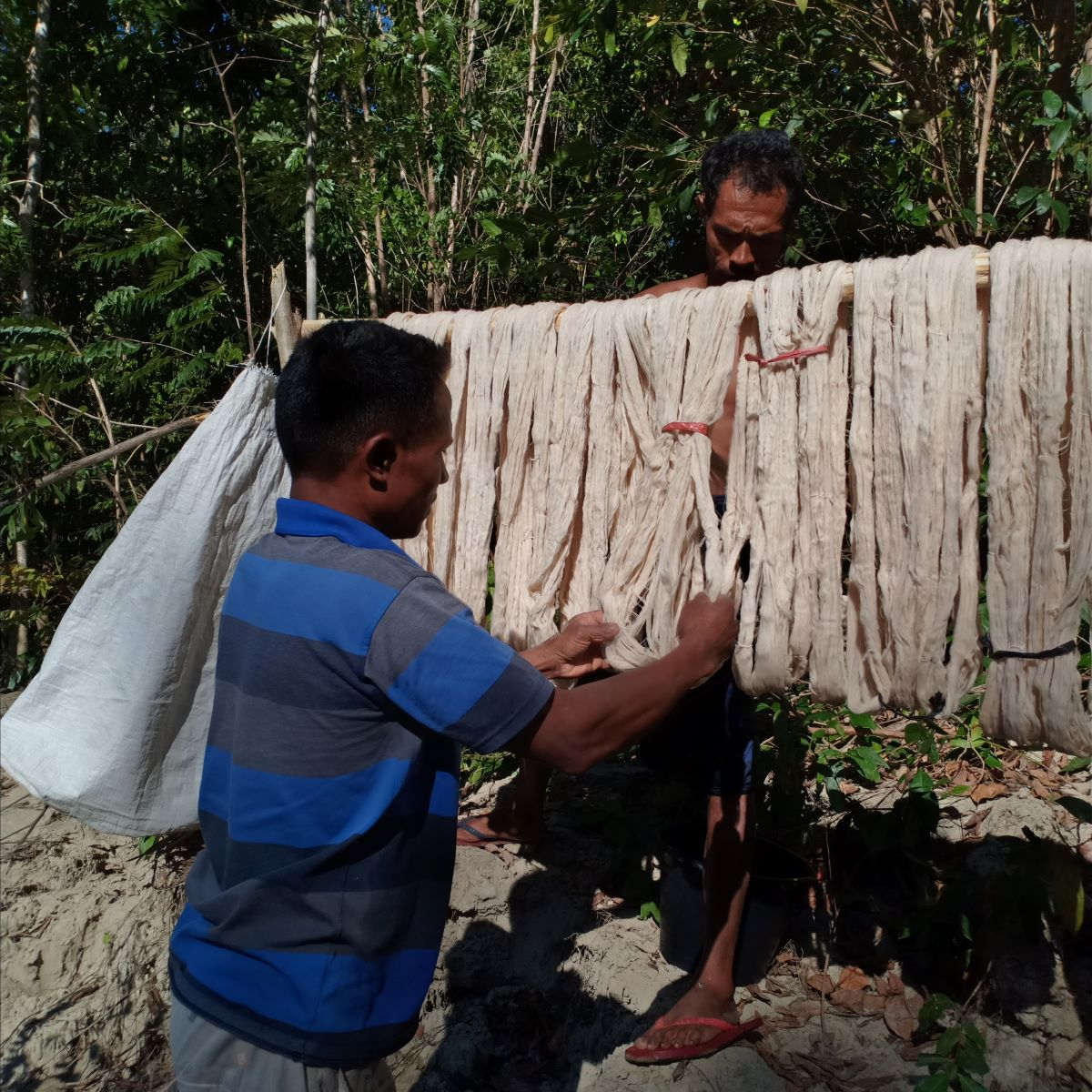
Drying the threads under the sun.
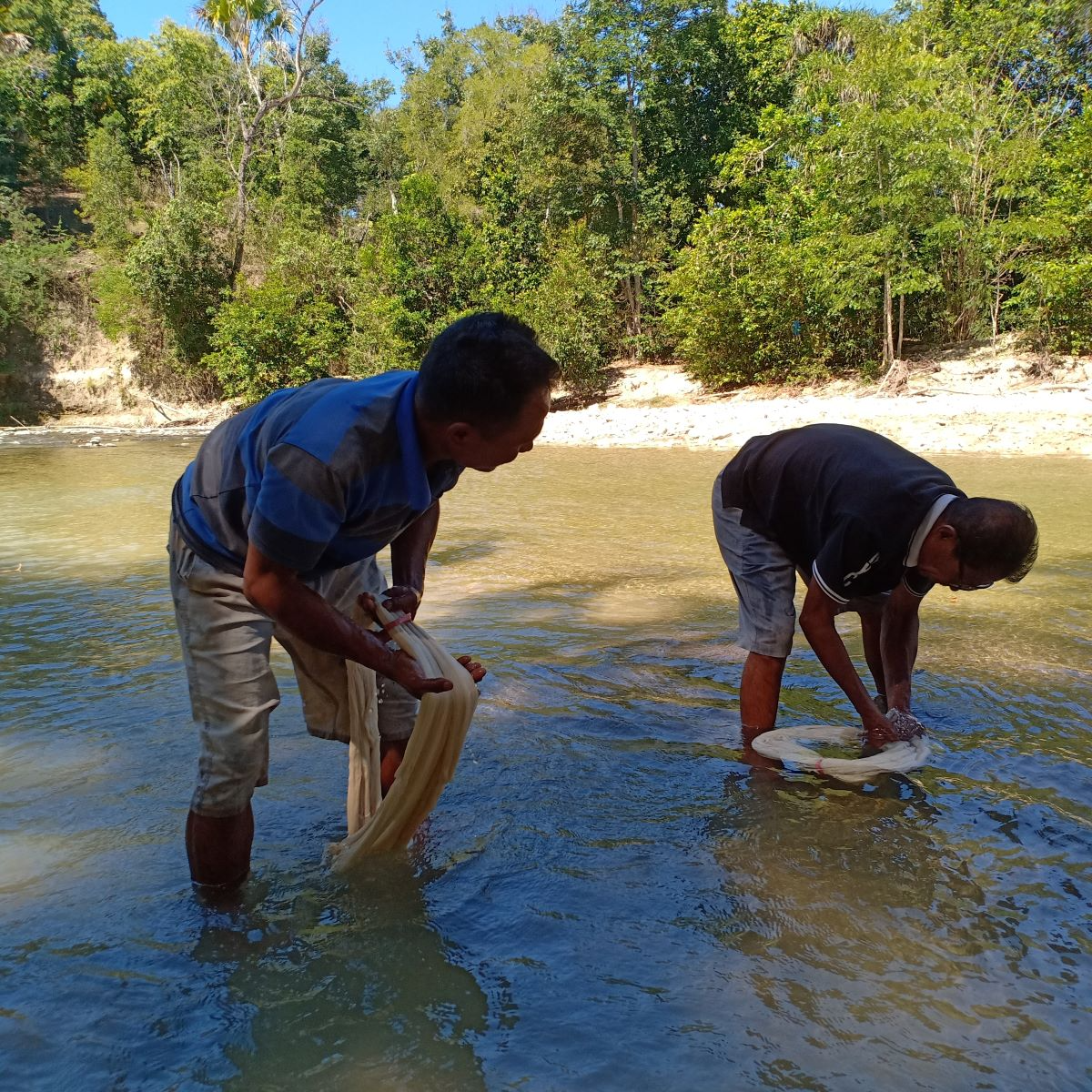
Washing the threads against the current of the river.
In Kupang, another indigo workshop took place—this time with another indigo master, Ama Tobo. The goal was to deepen and refine the indigo color. During the visit, Ama Tobo expressed a strong interest to visit a nearby village where the red dye technique is still practiced to compare with his own knowledge. What began as a focused indigo session naturally evolved into a peer-to-peer exchange, with knowledge flowing across village lines—rooted in collaboration and mutual respect.
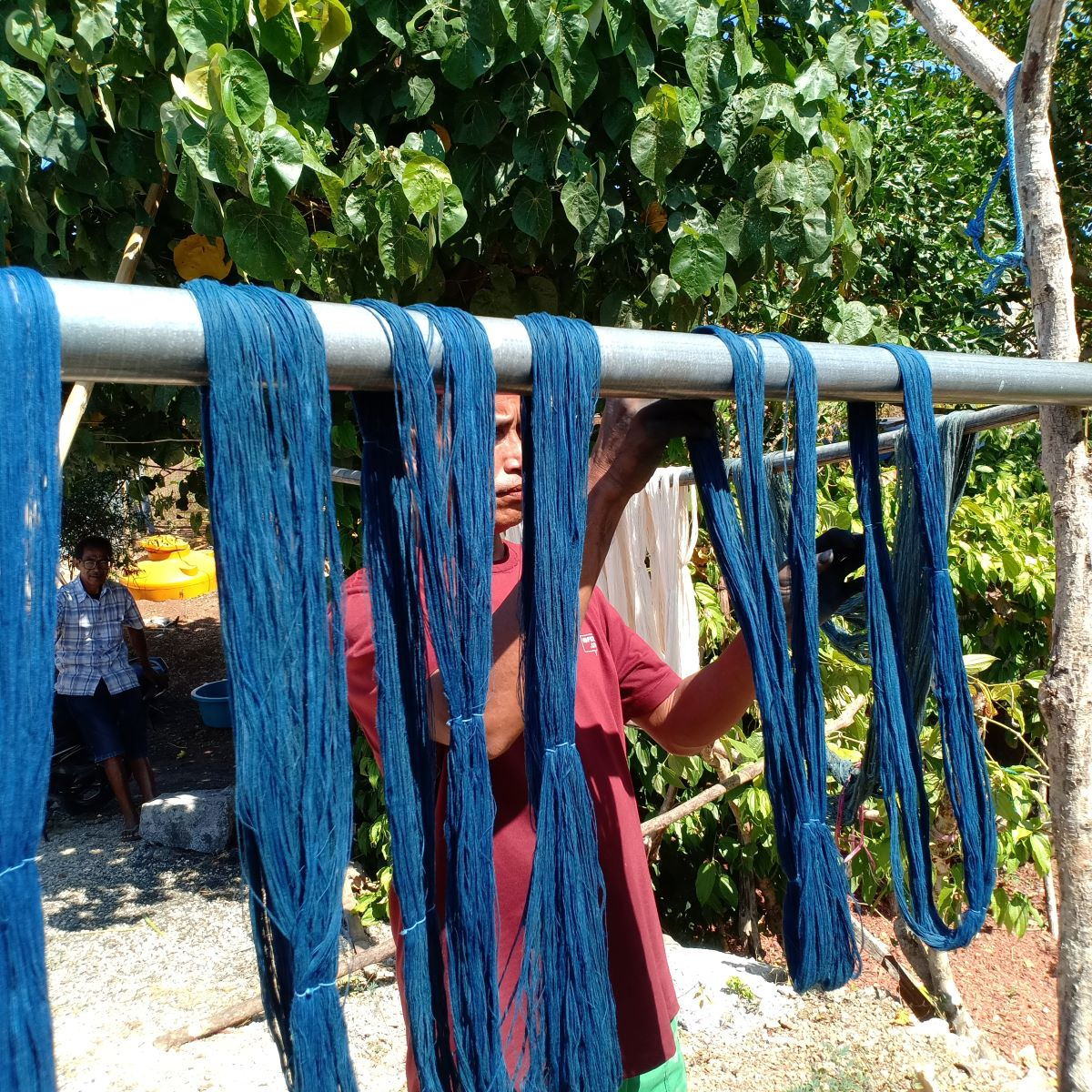
Indigo-dye workshop in Kupang.
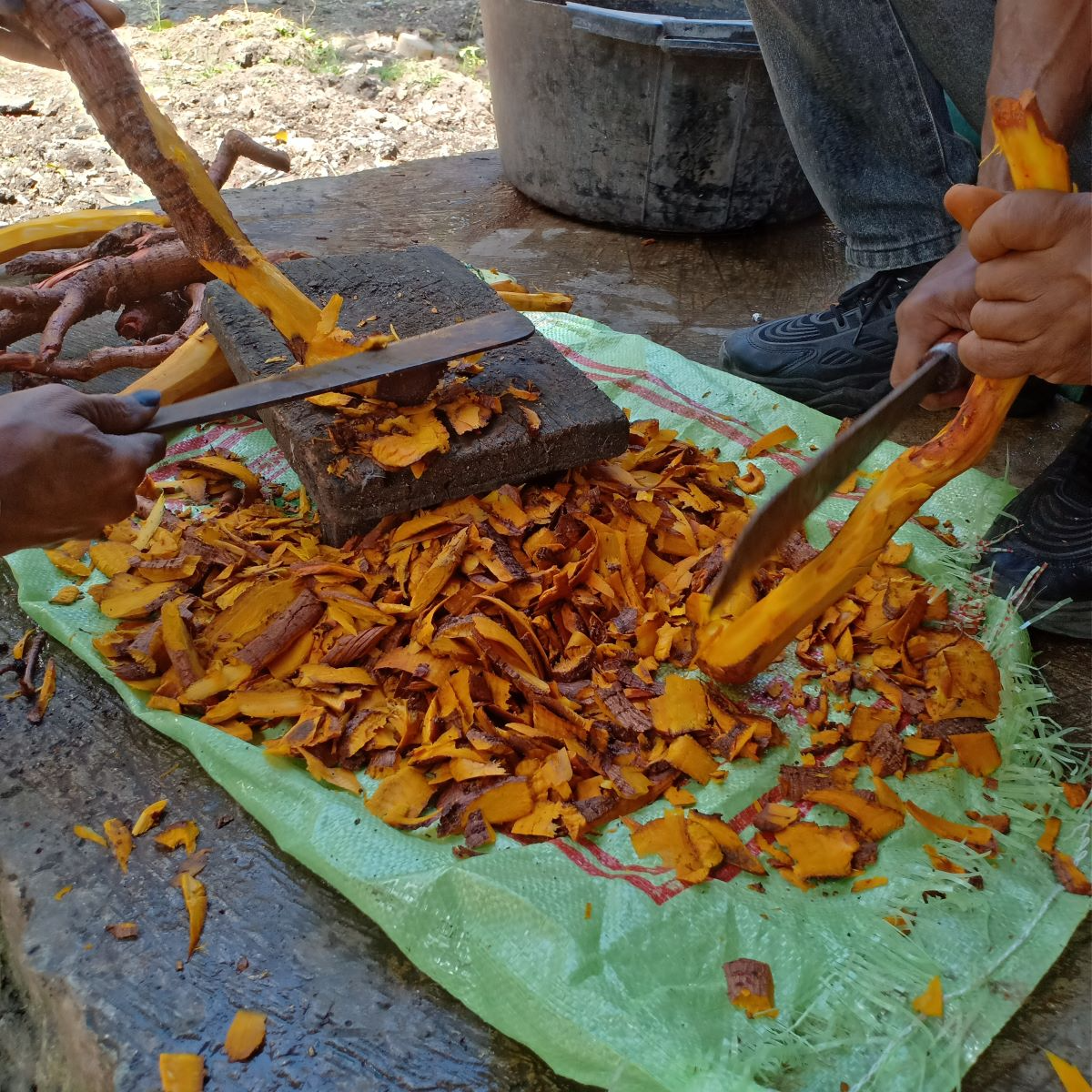
Peer-to-peer Morinda exploration.
From these workshops, we could see the eagerness of the dyers and weavers to explore and enhance the quality of their dye. During the trip, we also noticed that the locals’ buying power has increased, showing the interests in the local market to purchase naturally dyed textiles. Our hope is that these indigo workshops will encourage the making of natural dyed textiles for the local market while continuing to produce traditional textiles. We are looking forward to hearing more good news when we come back to Timor next year!
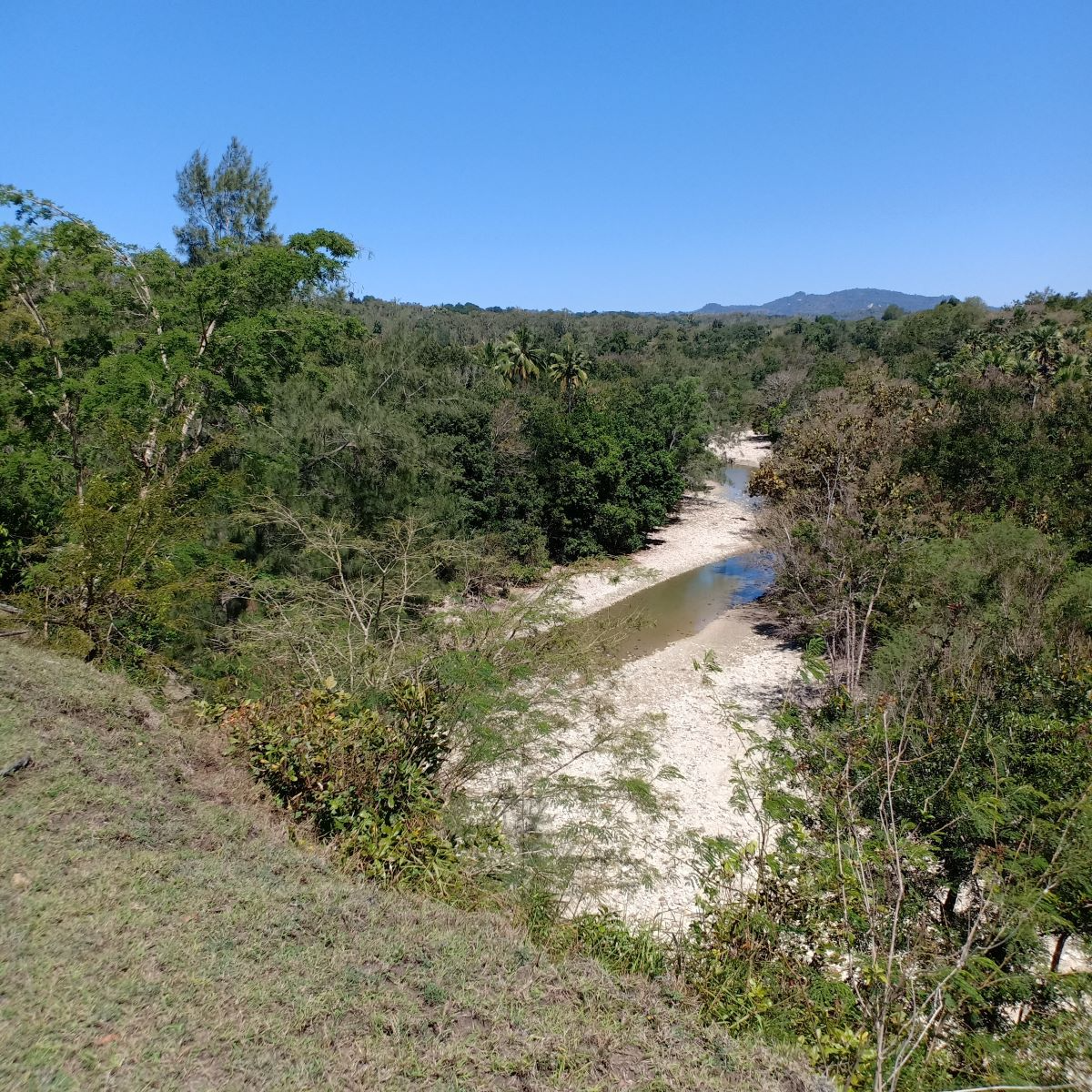
Timor's river during musim angin timur or east monsoon.

